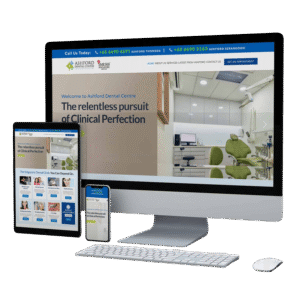Effective IT project delivery is critical for businesses aiming to stay competitive and innovate continuously. Managing IT projects from inception to completion involves numerous complexities, and many teams face challenges such as miscommunication, missed deadlines, and integration issues. Innerworks International understands these obstacles and emphasizes the importance of leveraging the right tools to support end-to-end IT project delivery. The right technology can improve collaboration, streamline workflows, and ensure successful project outcomes.
Understanding End-to-End IT Project Delivery
End-to-end IT project delivery encompasses all phases of a project, starting from initial planning through development, testing, deployment, and ongoing maintenance. Innerworks International recognizes that each stage requires specific tools designed to enhance productivity and reduce errors. Seamless integration across these stages is essential to maintain momentum and ensure all stakeholders remain aligned.
Criteria for Selecting IT Project Delivery Tools
When choosing tools for IT project delivery, Innerworks International recommends focusing on features such as task management, real-time collaboration, comprehensive reporting, and scalability. Security remains a top priority, especially when handling sensitive data. Tools should also offer user-friendly interfaces and strong customer support to facilitate smooth adoption by teams.
Top Tools That Support End-to-End IT Project Delivery
Project Management Tools
Innerworks International frequently utilizes tools like Jira, Microsoft Project, and Asana to keep IT projects organized. These platforms allow teams to track tasks, manage sprints, and prioritize work effectively. Their agile capabilities support iterative development, enabling teams to adapt quickly to changes.
Collaboration and Communication Tools
Clear communication is a cornerstone of successful IT projects. Innerworks International incorporates tools such as Slack, Microsoft Teams, and Zoom to keep teams connected regardless of location. These platforms foster real-time discussions and integrate with other project management tools to create cohesive workflows.
Version Control and Code Repository Tools
Managing source code efficiently is vital. Innerworks International relies on GitHub, GitLab, and Bitbucket to handle version control. These tools provide essential features such as code review, branching, and pull requests, which facilitate collaborative coding and reduce integration conflicts.
Continuous Integration/Continuous Deployment (CI/CD) Tools
Automation accelerates project delivery. Innerworks International implements Jenkins, CircleCI, and Travis CI to automate build, test, and deployment processes. CI/CD pipelines increase release frequency while maintaining software quality, minimizing manual errors.
Testing and Quality Assurance Tools
Quality assurance is crucial before launching any software. Innerworks International adopts tools like Selenium, TestRail, and Postman to support both automated and manual testing. These tools help detect bugs early, ensuring stable and reliable releases.
Monitoring and Feedback Tools
Post-deployment monitoring ensures ongoing performance. Innerworks International uses New Relic, Datadog, and Jira Service Management to monitor system health, track user feedback, and resolve issues swiftly. These tools enable continuous improvement through actionable insights.
How to Integrate These Tools for a Smooth IT Project Delivery Workflow
Innerworks International stresses the importance of integrating these various tools to create a seamless workflow. APIs and automation platforms such as Zapier and Microsoft Power Automate enable smooth data exchange and reduce manual effort. By connecting project management, communication, CI/CD, and monitoring tools, teams can maintain transparency and accelerate decision-making.
Best Practices for Using IT Project Delivery Tools Effectively
To maximize the benefits of IT tools, Innerworks International advocates regular training and onboarding sessions to familiarize team members with the platforms. Establishing clear communication protocols ensures that everyone understands their roles and responsibilities. Periodic reviews help identify tool gaps or opportunities for upgrades. Encouraging feedback fosters a collaborative environment where tools evolve alongside team needs.
Takeaway
The right set of tools can transform IT project delivery from a complex challenge into a streamlined, efficient process. Innerworks International continues to support organizations in selecting and implementing these technologies to meet their unique needs. Businesses looking to improve their project success rates should consider evaluating and integrating these tools to empower their teams and drive results.








